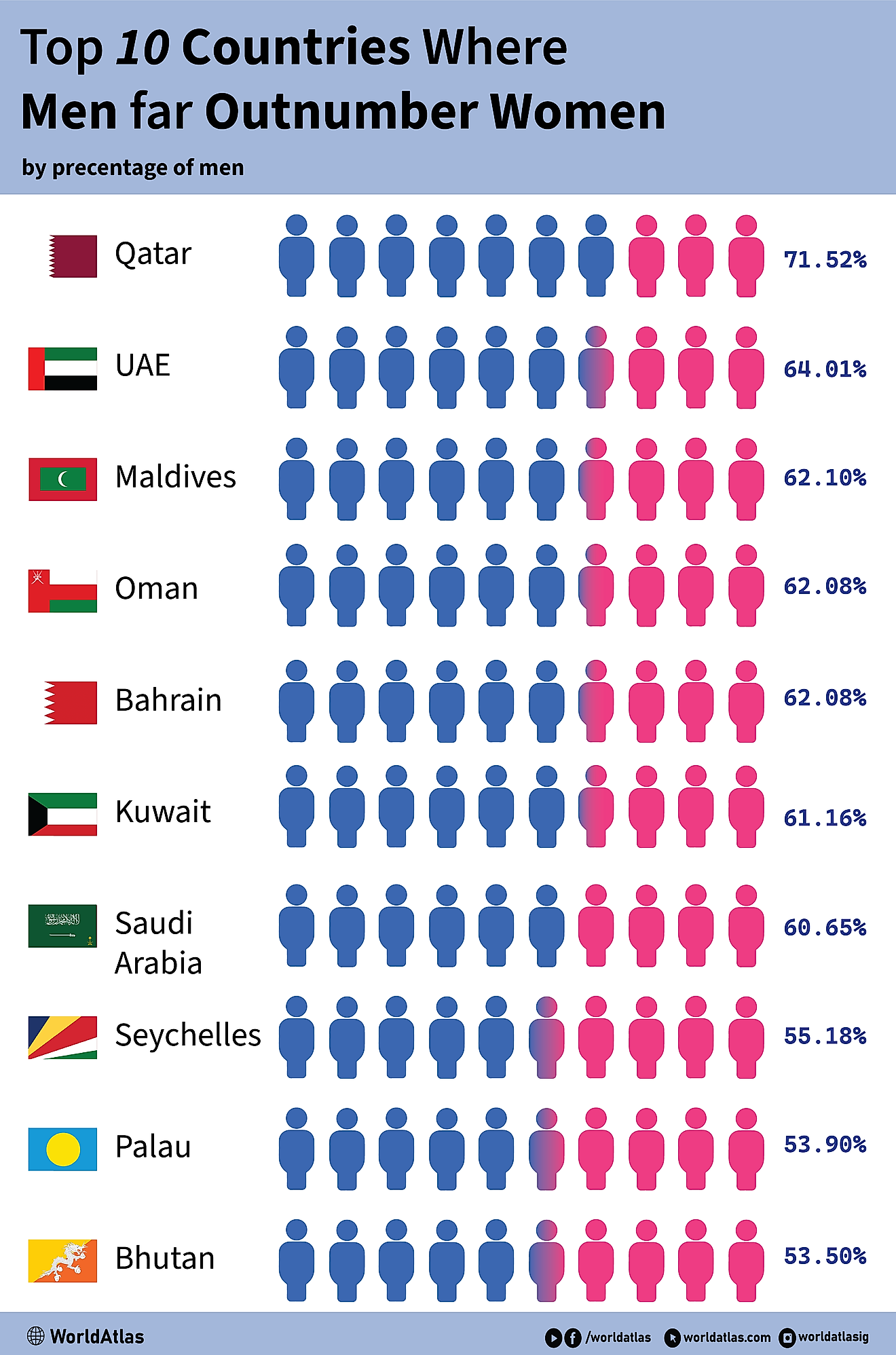Home Ownership Rate by State

Influences on Ownership Trends Nationwide
Home ownership rates across the United States are influenced by demographic trends, income levels, state of residency, and many other factors alike. For instance, households having high incomes have a higher tendency to reside in their homes to which they own they title, as opposed to lower income populations for which housing needs are more often met through renting. In states like California and New York where demographic trends have been heavily influenced by immigration, influxes of additional people into already large populations has led to high demands for more rental housing units, thereby diminishing the rate of homeownership in these states. Ethnic demography also plays a major role in many aspects of American society, and homeownership is not an exception. White Americans have the highest rates of homeownership than any other group, while homeownership among African Americans and other minority groups are regarded as much lower across the entire country.
States that Top the List
On average, homeownership in America stands at 67.56% across the nation as an aggregate. This figure is largely similar to that seen in other highly developed economies and post-industrial nations. The states in the Midwest have the highest rates of homeownership, and the figure is above 70% for most of the states there. West Virginia ranks the highest in the whole country, as 74.6% of its population owns their dwellings as opposed to renting. Delaware, Michigan, Minnesota, Maine and Iowa have the next highest statewide figures, with estimates of home ownership within these all of these states falling between 72% and 73%. The explanation for these high rates of ownership can be partially explained by the fact that these states in the country experience relatively low immigration rates as compared to those of other states, especially those along the US southern border. These states also have favorable economic and social welfare policies that make purchasing homes much easier, especially those policies concerning mortgage debts within these states.
The Sparse Population Effect
In general, states with relatively small population densities tend to exhibit high rates of home ownership. Examples of this trend include Vermont, Indiana, Utah and New Hampshire, whose ownership rates are in between 70% and 72%. With less dense populations in these states, land resources are less strained than in other areas across the nation. Their state governments and real estate developers find it relatively easy to meet the home demands for most of their populations, in contrast to area with mega populations, where getting land for more housing projects is usually difficult. National statistics also show that the average yearly income for most of the mentioned states is far higher than the national average. Lower costs of living in many of these areas often make it more likely for families to be able to save up to finance their mortgage plans and house payments in these states as well.
Shift in Rates in Years to Come
Home ownership is expected to reach its peak in the coming years since the fall of the economic recession. The projections are that the economy will continue to gain a stronger edge, and this implies that middle-income group will expect a significant increase in their household incomes. The real estate industry has also been on its toes to keep up with the projected demands, as more Americans will likely be in a position to purchase or build their own homes in the near future. In states like Idaho, Montana, Kentucky, Wyoming and Kansas, where homeownership is on average 68%, economists and real estate experts predict that the figures will further rise to compete with states like Delaware. Nonetheless, long-term trends in urbanization and cost of living may ultimately force the nationwide rates of home ownership downward.
Home Ownership Rates By State
| Rank | State | Housing Units Occupied by Owner (%) |
|---|---|---|
| 1 | West Virginia | 74.6 % |
| 2 | Delaware | 73.0 % |
| 3 | Minnesota | 73.0 % |
| 4 | Michigan | 72.8 % |
| 5 | Maine | 72.7 % |
| 6 | Iowa | 72.4 % |
| 7 | New Hampshire | 71.7 % |
| 8 | Vermont | 70.4 % |
| 9 | Indiana | 70.3 % |
| 10 | Alabama | 70.1 % |
| 11 | Pennsylvania | 70.1 % |
| 12 | Utah | 69.9 % |
| 13 | Mississippi | 69.8 % |
| 14 | Montana | 69.7 % |
| 15 | Wyoming | 69.7 % |
| 16 | Idaho | 69.6 % |
| 17 | Missouri | 69.0 % |
| 18 | South Carolina | 68.7 % |
| 19 | Wisconsin | 68.7 % |
| 20 | Kentucky | 68.6 % |
| 21 | Ohio | 68.4 % |
| 22 | Florida | 68.1 % |
| 23 | Kansas | 68.1 % |
| 24 | Tennessee | 68.1 % |
| 25 | Connecticut | 68.0 % |











